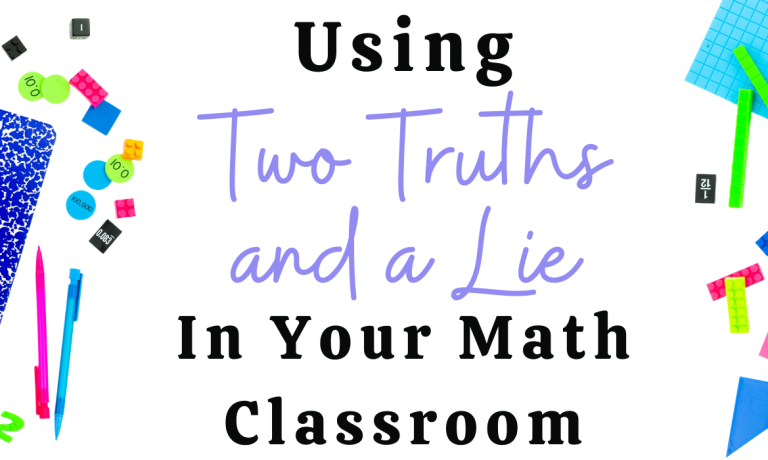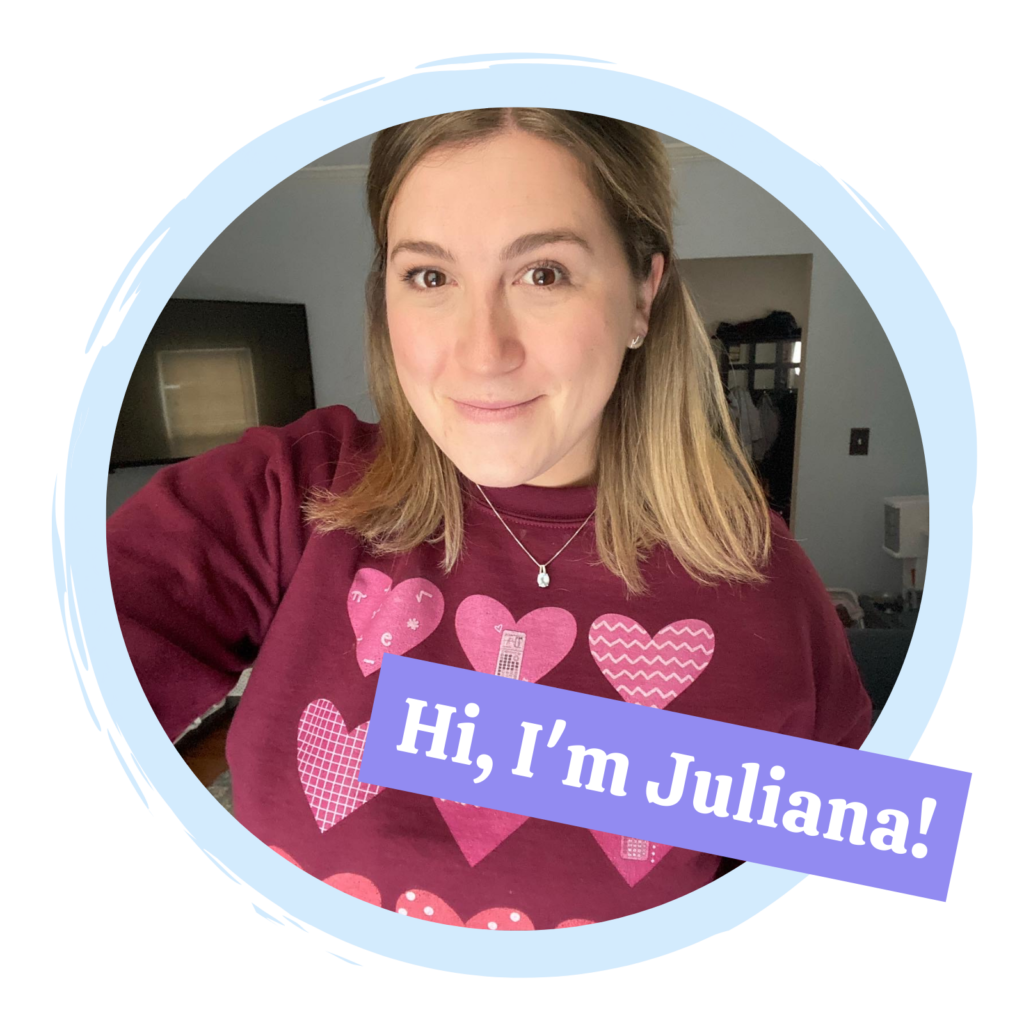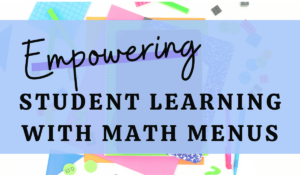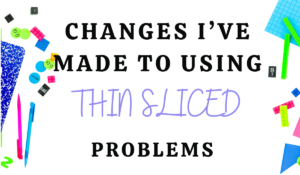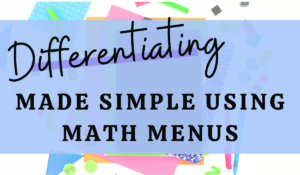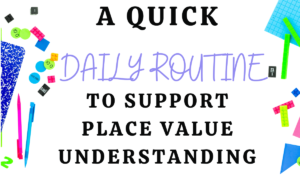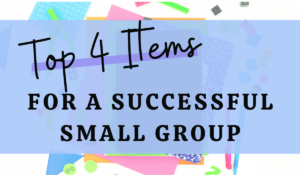Two Truths and a Lie…have you heard of it? If you are an educator, I am sure you have. But most of the times it is used in the beginning of the year to get to know students. My students have always loved it. It is a very engaging game, so I wanted to bring it to my math classroom, not just my get to know you activities. This post is all about using two truths and a lie in your math classroom to help increase students vocabulary and number sense. Make sure to read all of the way to the end to get a FREEBIE!
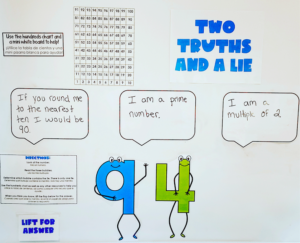
What is Two Truths and a Lie?
Two Truths and a Lie is a game that is typically used to get to know each other. In the game, students think of three things about themselves. Two of them are true, and one of them is a lie. They tell the other students, and they need to guess which is the lie. It is a great activity to get to know each other!
How Can I Use Two Truths and a Lie in My Math Classroom?
How about instead of a student coming up with two truths and a lie about themselves, its a number doing the talking! I know it sounds weird, but it is awesome! All you do is pick a number. Any number. I have been sticking with two-digit numbers in my 5th and 6th grade math classroom. I post that number. Let’s say I am using 36. Now I want to think of two things that are true about that number, and one thing that is a lie. I will write those into speech bubbles near the number, so it looks like the number is saying it. Here is what I wrote:
-I am a prime number
-I am a square number
-I am a multiple of 3
Now students need to determine which one is the lie. When I write the three things, I am very particular about the vocabulary I use. Even at 5th and 6th grade, a lot of students forget what a prime number is, so it is always good to work that vocabulary word back in. A square number is a push for this grade level, but if gets them exploring and talking, it is a good word to use. And the word “multiple” is something that I use every week. The more exposure they have to that word, the more they remember it, and the more helpful it becomes!
How Do I Come Up With the Clues?
The clues are completely up to you and what you want your students to work on! Like mentioned above, I always love using things that we are currently working on or things that I want them to practice. I almost always use a multiples clue. I also love using clues with exponents or order of operations. If I don’t know where to start, I start with multiples and factors. Prime numbers are another easy one. Or using even and odd. Once order of operations is taught, that is always one of my go to clues as well!
How Can I Use This Activity?
I use math menus in my classroom. It is a workshop model that gives students more ownership and more freedom with their learning. If you have not read about that, make sure to check out this blog post to get more details about the basic of math menus. I use Two Truths and a Lie as a May Do activity in my math menus. That means it is something that students can choose to do when they finish their Must Do activities for that day. I also sometimes use it at the beginning of class to jump start their brains!
Where Do I Start with Using Two Truths and a Lie?
Right here! If you click the link at the end of this post you can download some speech bubbles, numbers, and a recording sheet to get you started! You can laminate both so that they last longer, and if the speech bubbles are laminated all you need to do is re-write new things on it with a dry erase marker.
I hope you enjoy this freebie and found this helpful to help you start using Two Truths and a Lie in your classroom!
DOWNLOAD FREEBIE HERE: Two Truths and a Lie

